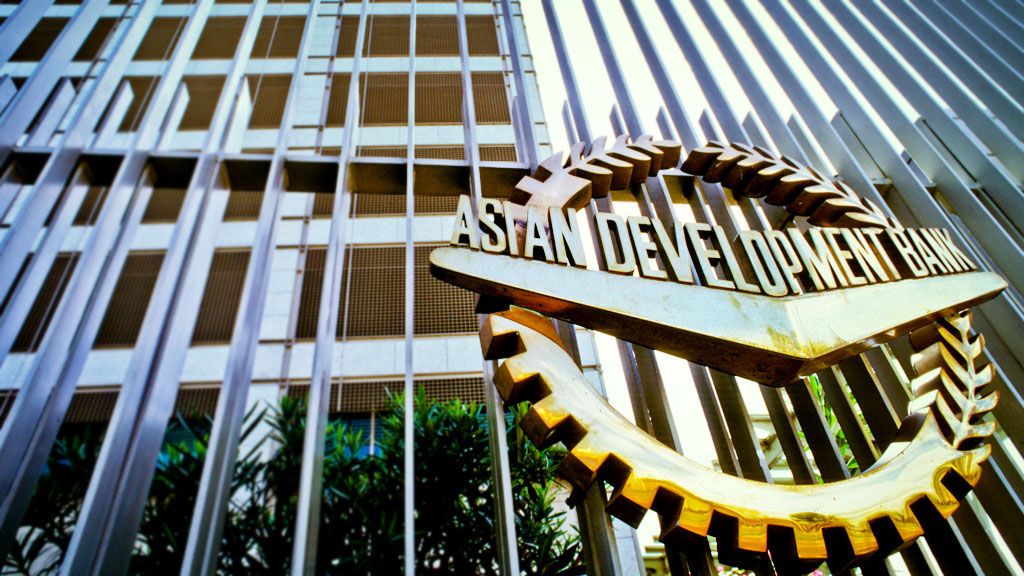The Asian Development Bank (ADB) wants to expand its investment in Bangladesh to support more municipalities and boost infrastructure, climate resilience, and economic activities across the country, said Hoe Yun Jeong, ADB Country Director for Bangladesh.
“Our aim is crystal clear. We want to scale up our investments and replicate successful models nationwide so more cities and people can benefit,” Jeong said during a visit to ADB-funded project sites in Patuakhali and Khulna. He noted that future funding will depend on discussions with the government.
Jeong said ADB is proud of its ongoing urban development initiatives, adding that his field visit allowed him to witness the “real impact” of ADB-supported projects at the local level. He reaffirmed that the bank will continue working with the government and pourashavas to support small but high-impact development schemes.
On tackling salinity and climate challenges in coastal regions, the ADB country chief said the ongoing Coastal Town Climate Resilience Project is already addressing salinity while promoting economic activity and improving livelihoods. Jeong added that ADB will maintain strong support for climate-vulnerable coastal towns.
He said the bank is now prioritising an integrated approach that connects urbanisation with industrialisation so that municipalities can serve as “future growth centres.” This direction is expected to be reflected in the next Country Partnership Framework, which is currently under discussion with the government.
Officials at the Economic Relations Division said ADB is likely to commit around $2.5 billion in 2026 for at least 10 development projects, with additional standby funds for emergencies or priority needs.
ADB is currently preparing the next phase of the City Region Development Project in collaboration with LGED. The bank’s ongoing portfolio in Bangladesh stands at about $11.8 billion across 51 projects. Since 1973, ADB has provided nearly $34 billion in loans and over $570 million in grants to Bangladesh in sectors such as power, transport, education, local government, water resources, and agriculture.




